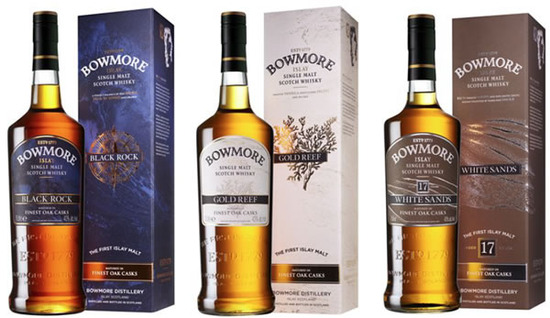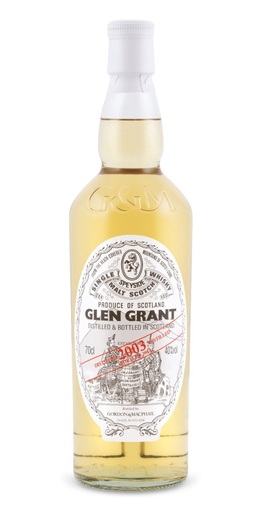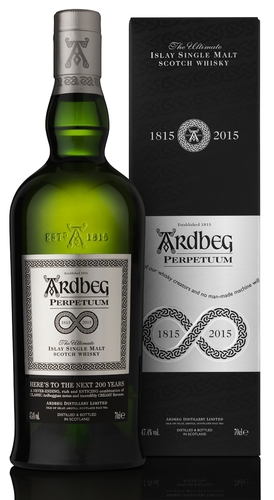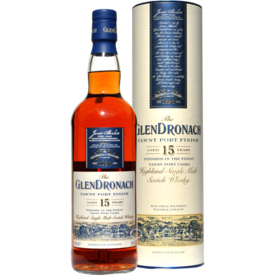With Father's Day less than a week away on Sunday, June 21, 2015 we at ScotchBlog.ca have compiled our yearly Father's Day Gift Buying Guide with a list of suggested gift bottles. But, before we get going, please allow me to offer some advice on what
not to buy: whisky stones. Every year whisky drinkers the world over are gifted these cubes of soapstone meant to provide cooling effects to glasses of whisky without diluting them. While the intent of the product is admirable,
their usefulness is highly suspect as we have written about before; and to top it all off, if your intended recipient has been drinking whisky for more than a year or two, the odds are quite high that they already have several sets from previous well-wishers. Please don't buy your Grandfather, Dad, Step-Father, or Father-in-law whisky stones this year. I'm sick of... I mean they probably already have a set or three.
Prior to embarking on your shopping trip, examine your intended recipient's existing collection. What types of whiskies occupy the shelves? Blends, single malts, bourbon, Canadian whisky? This will help you avoid duplicates (unless you've already been given a clear signal to buy yet another bottle of the fave) and will lend some context to your decision-making.
For Ontario readers, make use of the embedded links to check stock (look for the hyperlinked price!) before heading out to your local store. It is important to remember that as one of the last redeeming features of its existence, the LCBO does provide for free inter-store transfers of bottles, though delivery times will vary from 3 to 7 days depending on distance between your store and the store of origin. So you may not need to drive several hours to get a bottle. Lastly, for any locations showing one bottle of something, be sure to phone the store confirm availability.
Those of you lucky enough to reside elsewhere, there will be links provided at the end of the article to other shops in select cities that will likely offer these bottles, and in the event that the specific ones listed are not there, their whisky knowledge is sound enough to provide a viable alternate. Should you not have the most educated personnel at the ready in your location, please do not hesitate to reach out to us in real time on Twitter, via email by using the address supplied to the right, or any other form of communication you feel will be effective. We are always here to help!
We've tweaked the format a bit this time around and have forgone the price bracket approach in favour of grouping our "best-bets" by a broadly defined categories of "whisky-drinking Dad." If your Dad, Step-Dad, Grandfather, or Father-in-Law enjoys whisky you likely have some sense of what type of whisky he enjoys and his level of engagement with his dram. This year's format offers up 3 different whiskies for each "Dad-type" ranging from: Dads who rock the CC and Cola, to brand loyalists, to the backyard barbecue grillmaster, to those who prefer a single malt with the company of a cigar, to smoke-loving peat freaks, and those with a serious collection.
As always, every attempt has been made to ensure that all whiskies listed herein are available in the LCBO at the time of publication. With many of the whiskies listed, the title links to a full write up of the bottle if we've reviewed it, so if you need a little more detail please click away.
Ok, enough of the preamble. Are you ready to get started? Close your eyes, take a deep breath and think about your Dad.
What's your Dad like?















